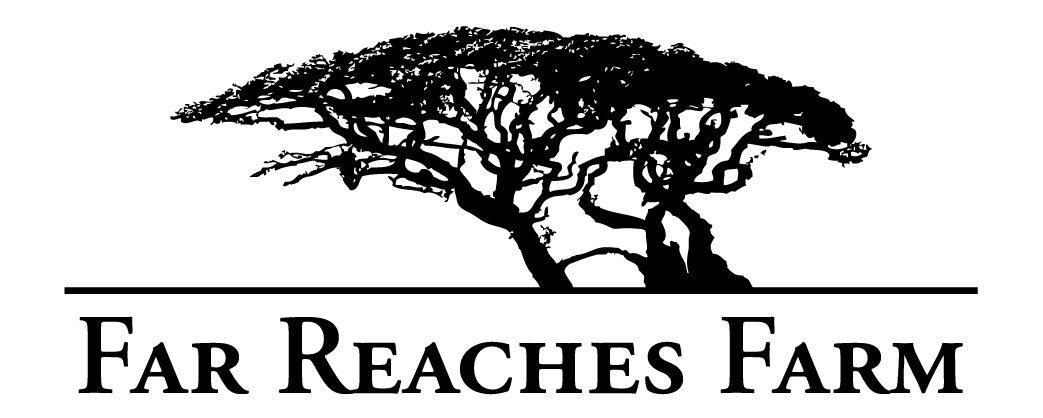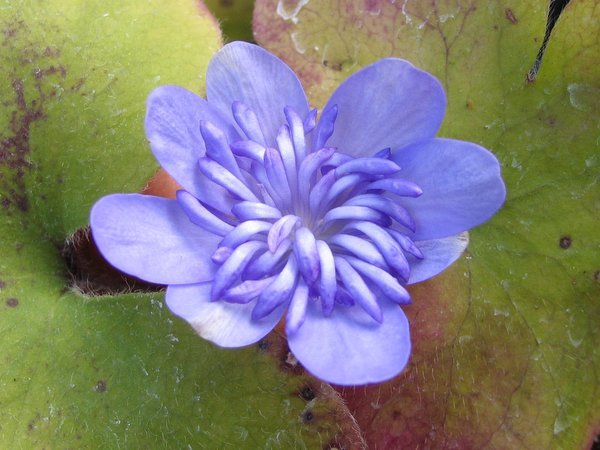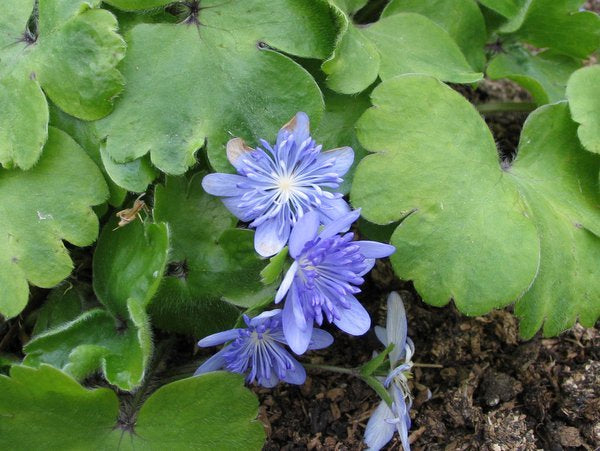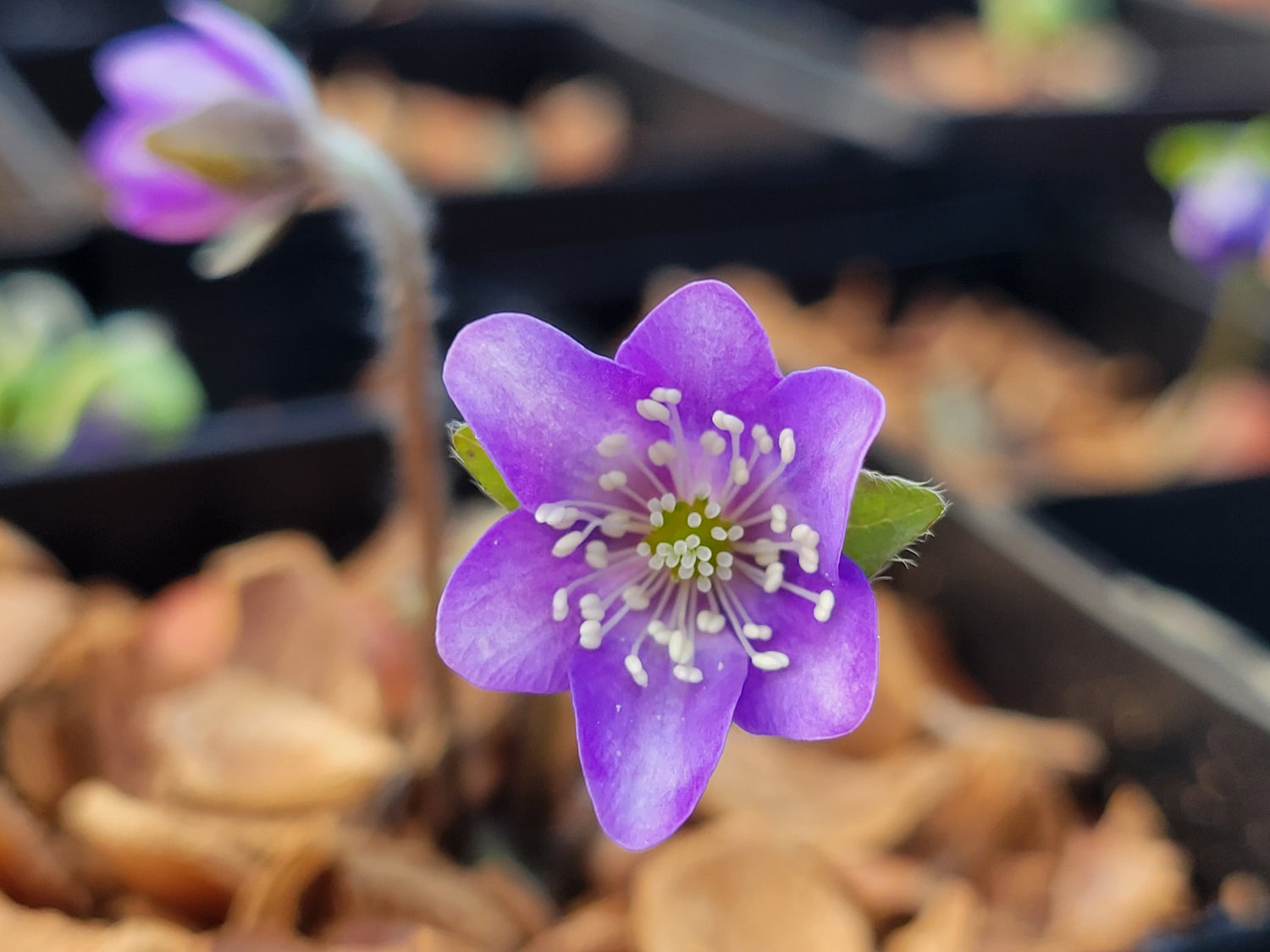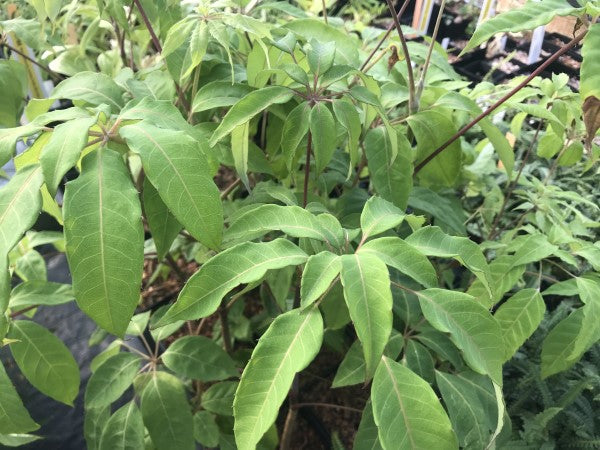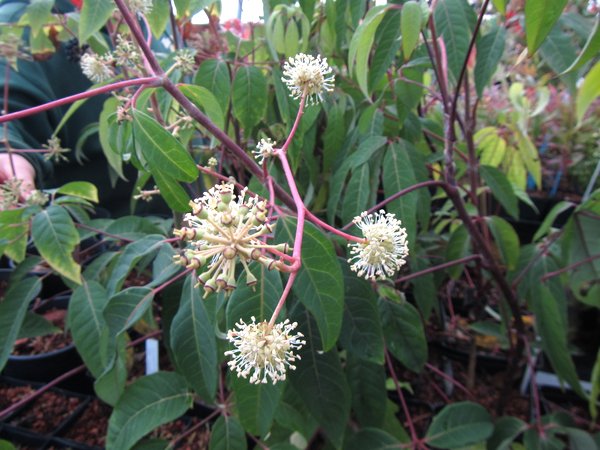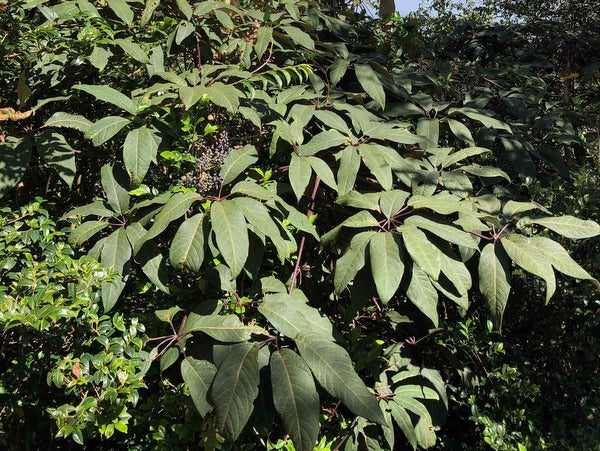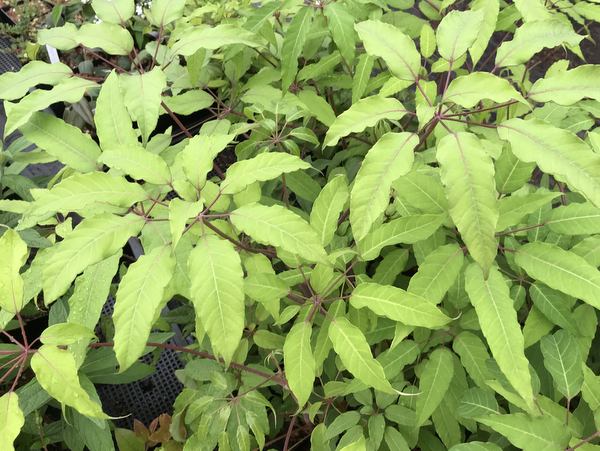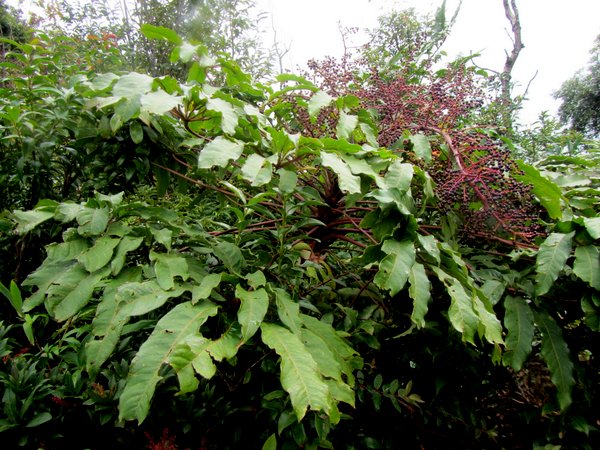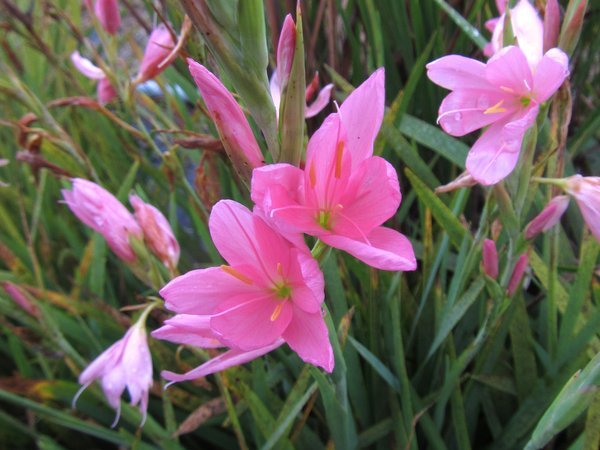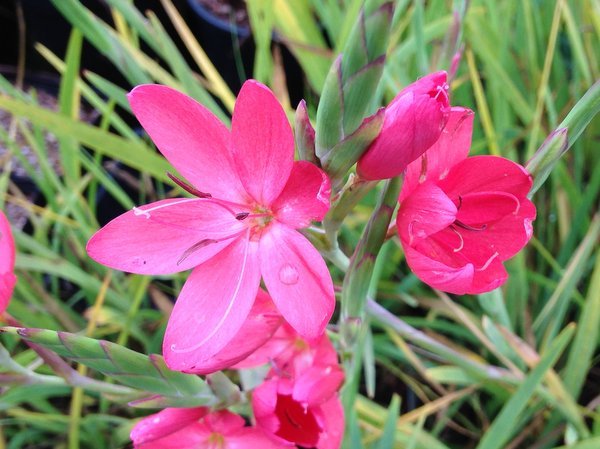Sort by:
1775 products
1775 products
Originally from Lithuanian wild-collected seed this strain was selected for it's dark botanical-blue flowers rather than the usual pale color of the species. An uncommon gem that seems to originate from Seneca Hill nursery. We've found the transsilvanicas to be good growers and flower-ers so worth adding to the collection even amidst other blue-flowering species.
It's difficult to talk eloquently let alone persuasively about a plant newly collected and how it will appear in the various seasons and how well it will perform in the garden. We don't know a lot about this November 2011 collection from a shrub at Lao Cai, Above Silver Waterfall, Vietnam at 2150 meters. We can say it won't grow in Des Moines, Iowa or Black Duck, Minnesota but it will likely be happy as a clam in Seattle. These are young but sturdy seedlings which will really need greenhouse overwintering this first winter.
At this young stage, they bear resemblance to Schefflera alpina and S. chapansis but since they were collected by Aaron Floden, we're smart enough to know that if he doesn't know than we don't know. It's kind of like that Donald Rumsfeld thing where there are known knowns and known unknowns and if we know we don't know than we know more than those who don't know but know they do. Generally I found little palatable about him but I did find myself defending him over this quote as it made perfect sense to me. Somehow seeing it in print makes it seem less defensible and my veracity more questionable.
Perhaps the most attractive of the many Scheffleras we grow with its dusty pinkish-purple petioles and multiple tiers of leaflets (unusually good floral display as well from which one assumes it takes its name). This combined with the usual jurassic looking stems and graceful chandelier canopy that attracts us so hopelessly to the genus is almost too much to bear. This is easily evidenced by our insistence on toting in and out of the greenhouse each year a massive display pot housing one of these handsome beasts. These are seed-grown from our plants from the recent first North American introduction.
A superior red seedling that arose here and one that is a bit larger than the other large red selections we grow. It was fun to lay out a table of flowers of all the cultivars and our seedlings for comparative evaluation. It was quickly apparent that it is hard not to love red and might as well go big. Just add water, food and sun. The name refers to Anna Massena, Princess d'Esseling and Duchess of Rivoli of France. Her husband was a serious amateur ornithologist with 12,500 bird specimens including an unidentified hummingbird which he had collected along the west coast of North America. This was later named Calypte anna - Anna's Hummingbird. This is a favorite resident here all year and loves the winter flowers in our greenhouses during spates of freezing weather. The males are little emerald green Jack Russell's, flashing a conspicuous Rivoli Red throat patch.
